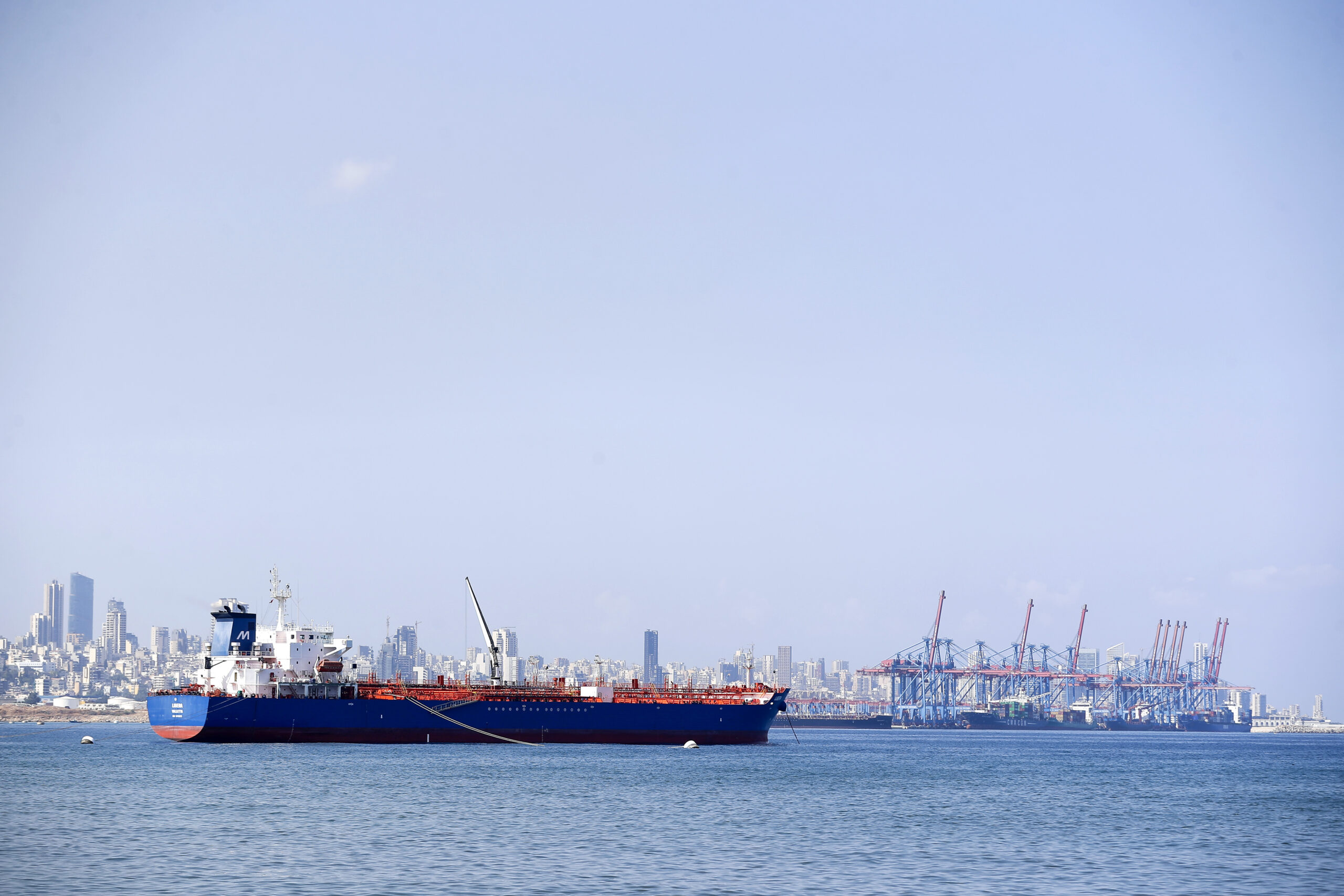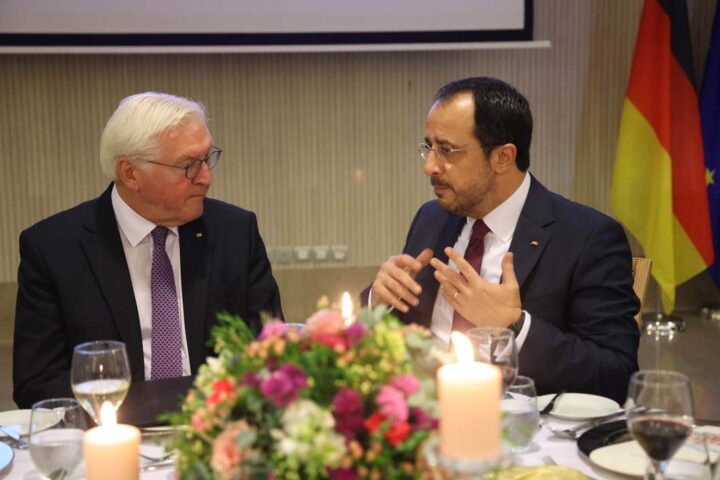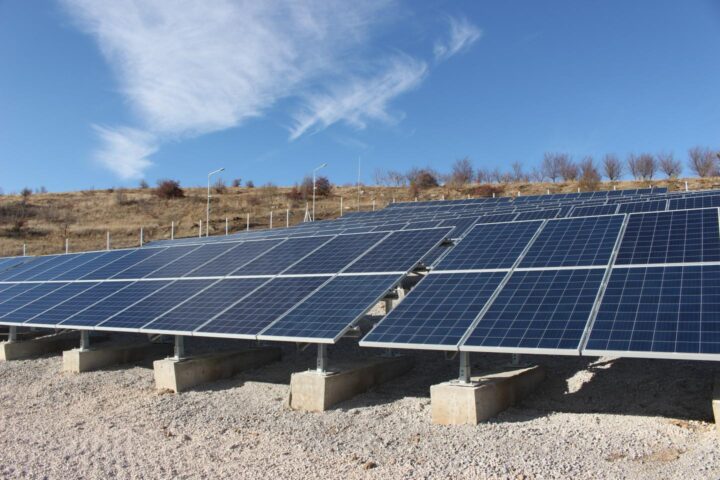Europe’s energy crisis will not just be for this winter.
Europe is expected to face similar problems next winter and probably beyond, driven by tight global gas supply and increasing competition for tight LNG supplies.
Fatih Birol, the head of the International Energy Agency (IEA), warned that the “energy crunch threatens to shatter European unity,” adding that it could unleash a “wild west scenario.”
“The implications will be very…bad for the economy, but also extremely bad politically.”
The backlash is already being felt with a shift to the far-right in elections in Sweden and Italy, threatening to challenge the balance of power within the EU, with probably more to come.
European relations “have grown more fractious,” with countries finding it difficult to maintain a united front under the onslaught of high energy prices that “have brought the continent to the brink of an economic recession.”
Europe’s predicament
In Europe, national economies are fighting a losing battle to avoid recession and energy giants are battling bankruptcy.
Europe’s desperation for alternative LNG supplies is epitomised by the importance Germany put on the agreement on 25 September with the UAE to supply it with just one LNG cargo this year.
They also signed an MoU for future supplies, but it does not specify how much more LNG it involves.
Gas prices within the EU remain stubbornly high, impacting households and decimating its industry.
Europe’s industrial heartlands may wither as a competitive advantage built on cheap Russian gas evaporates.
Across Europe, industries are forced to curb or shut down production due to soaring energy prices, and several European industry associations say the European Commission’s (EC) proposals to reduce energy prices and help households and businesses through the crisis are vague and not enough.
Many are tempted and are considering relocating to the US.
In Europe, steel makers fear a deepening crisis from the energy crunch.
Spiralling energy costs have forced them to cut output across Europe, threatening mass plant shutdowns, with no clear plans of when to return.
The EC has ‘eased its coal sanctions on Russia’, now allowing EU companies to trade, ship and finance Russian shipments to third countries.
Brussels says this is needed to avoid sanctions impacting “energy security”.
Some EU states, with Germany in the lead, are increasing the use of coal and oil over the next few years in response to the high price of gas and security of supply pressure.
But the EU’s energy needs are impacting Southeast Asia.
EU leaders like to say that their search to wean off dependence on Russian oil and gas is turbocharging the Green Deal.
The reality is sadly different — at least in the short term – leading to allegations of double standards.
And in the process, they are forcing other Asian and African countries to rapidly expand state spending to afford the higher costs of LNG or coal.
Europe is resisting long-term LNG contracts because they are incompatible with plans to cut emissions.
But a study by Rystad called for a rethink.
The EU market can rebalance by 2027 if long-term LNG supply contracts are secured now.
An emergency rush into gas prompts some to question the likelihood of these turning into stranded energy assets.
But few industry experts see a decline in natural gas demand soon.
Unclear policies
Gas is expected to play an EU role until 2040, but unclear policies create uncertainty that might lead to recurring energy crises.
The European Investment Bank is resisting pressure to fund gas projects.
Its president, Werner Hoyer, has reiterated the EIB will not fund any gas projects. He said, “gas is over”.
To keep gas viable, LNG producers need to strike deals that reflect the risks faced by buyers. LNG is critical to Europe’s security of energy supply today, but it doesn’t follow that it will remain critical in the future.
Russia’s weaponisation of gas spurs a clean energy push to secure supply.
The EU says it aims to “drastically accelerate clean energy transition” and is considering increasing the cut in emissions target above 55%.
It has already increased the renewables target to 45% by 2030.
An overview of different policies used by EU countries at national level to mitigate the effect of the price spike on consumers concluded that €500 bln had been allocated since September 2021.
Aramco’s CEO calls Europe’s energy crisis plans a ‘short-term solution’.
He said continuing underinvestment in the hydrocarbons sector when alternatives to fossil fuels were still not readily available is among the root causes of the problem.
He hit at ‘energy ignorance’ driving current policy, especially as there is “little hope of ending the crisis anytime soon.”
He said transition plans based on alternative energy sources have failed to stand the test of time.
They have been shown to be “sand castles” knocked over by reality.
Bold action
Europe needs a strategy and bold action to avert a social, industrial and climate emergency. But unfortunately, policymakers have not yet grasped the scale and urgency of the situation.
As a result, Europe is facing a social disaster.
Europe’s failed ‘grand bargain’ on energy and vague policies at the top have led to most member states pursuing nationalist policies, resulting in a lack of ‘solidarity’ among EU states,
Vague policies have turned the EU into a low ambition coalition, not a close-knit union of 27 states.
Commission President Ursula von der Leyen missed an opportunity in her ‘State of the Union’ speech in mid-September.
With Europe facing significant energy and cost-of-living crises, this was a speech that had promised much and delivered relatively little.
There is a lack of ambitious and decisive leadership to help the EU through the challenging year ahead.
EU countries and businesses criticise Brussels’ energy proposals, saying they are too vague and ineffective in tackling high prices.
The EC’s 5% mandatory energy savings goal ahead of a difficult winter is an easy option and avoids the more difficult ones, such as capping the price of gas.
But it will also have only a small impact – a saving of about 1.5bcm, or 0.3% of EU’s gas consumption, over the winter.
Europe is paying what it takes to bring in LNG but still cannot get enough.
The staggering cost of Europe’s current gas imports threatens to destroy any lingering hopes of economic recovery, leading to higher debts and taxes and crippling energy costs.
Vessel shortage makes soaring shipping costs an additional energy threat.
On top of all other challenges, Europe’s scramble for supplies creates a shortage of vessels to carry essential fuels this winter, pushing costs up.
TotalEnergy CEO said unrealistic demands are hindering European LNG deals: “If Europe wants some security of supply, it has a cost…If you want a cheap price for a short duration, the answer obviously is no.”
While energy prices have eased temporarily and EU countries have boosted gas storage, OECD analysis sees downside risks, including more energy and food price spikes still to come.
No rescue
A natural gas shortage is looming for the US, threatening its ability to maintain LNG exports as shale producers struggle to keep up with demand.
US shale executives are telling Europe: “There is no bailout coming.”
They say they cannot increase oil and gas supplies in time to stop a winter energy crunch.
They are also facing serious obstacles in getting new pipelines approved and constructed to bring oil and gas to the coast for export.
It takes years, and many are cancelled.
US LNG exporters are facing problems getting projects financed.
As a result, US gas producers are struggling to meet demand from domestic generators and customers in Europe and Asia.
In the US, gas inventories remained at the second-lowest level for this time of the year compared to the last 12 years, and there were no signs of any improvement.
None of this suggests lower natural gas prices are coming to the US or international markets as the northern hemisphere heads into winter.
On the contrary, the latest figures suggest more financial pain for gas consumers, with European TTF gas being delivered back to €230/MWh in December.
US state governors called on the Biden administration to ensure enough gas for American consumers, essentially asking politicians to reduce LNG exports.
This does not bode well for balance in the US gas market or supplies to Europe.
China is accelerating preparations for deteriorating relations with the US, including developing and securing alternative energy and mineral sources not subject to potential interdiction by the US.
This is where Russian supplies come in.
Dr Charles Ellinas is Senior Fellow at the Global Energy Center, Atlantic Council
Tw: @CharlesEllinas










